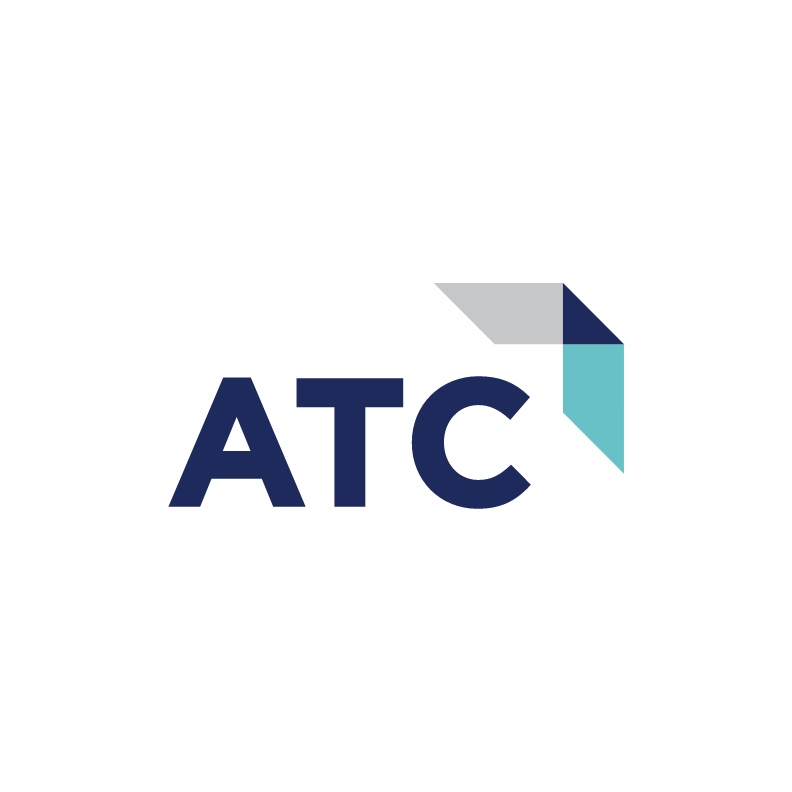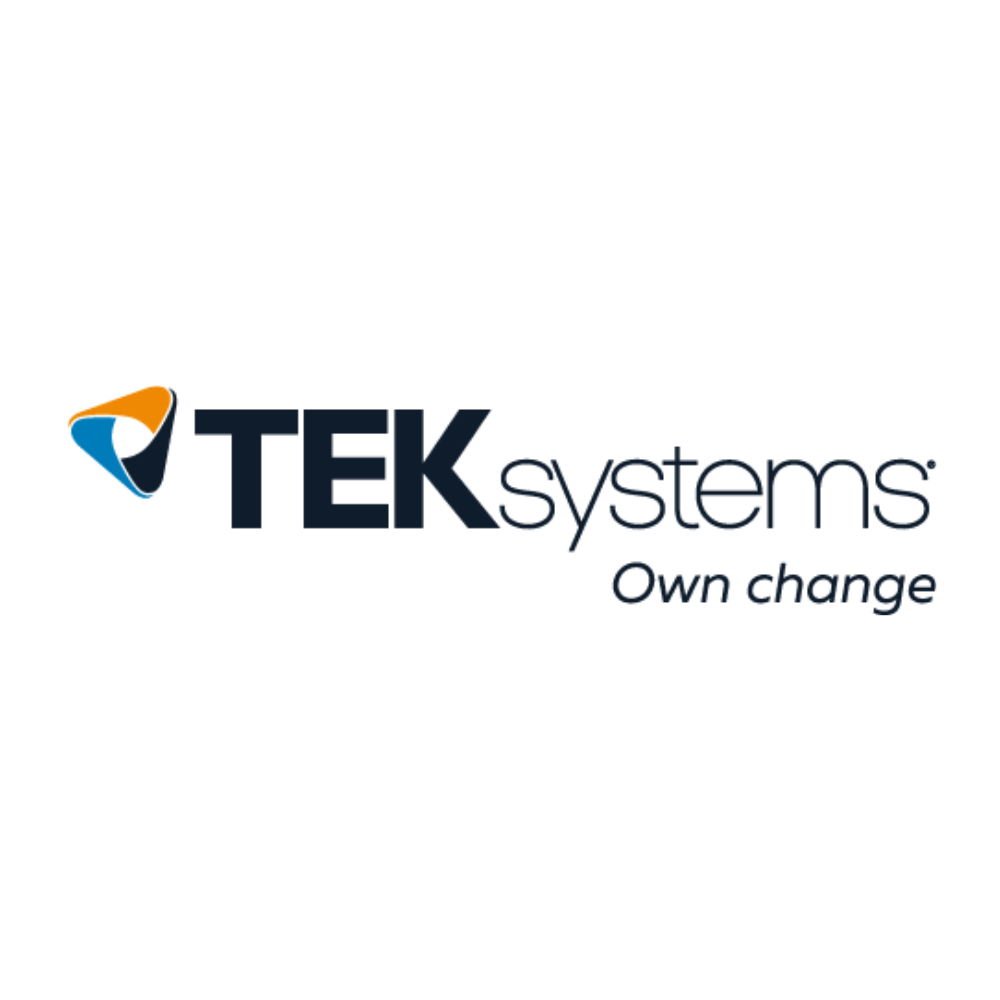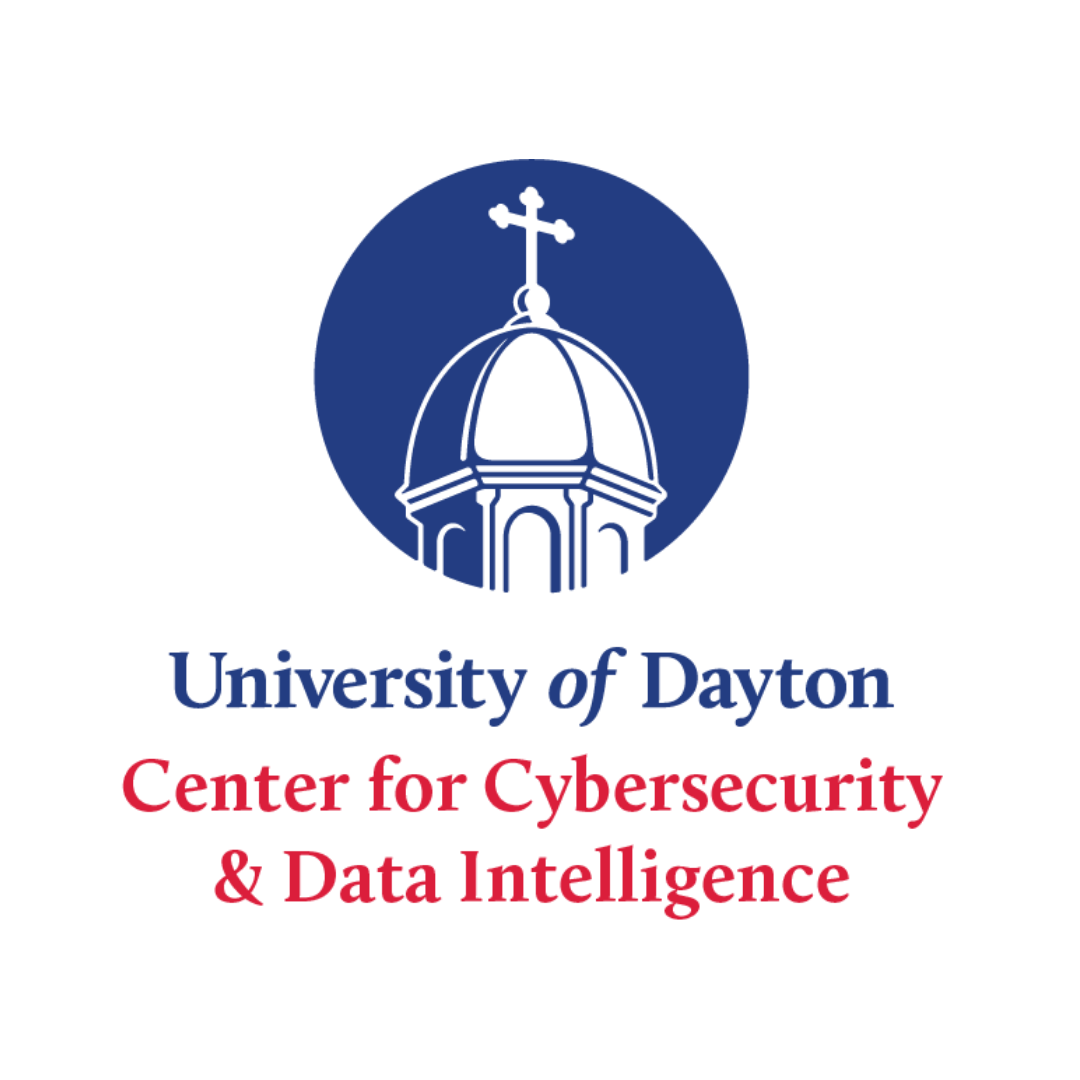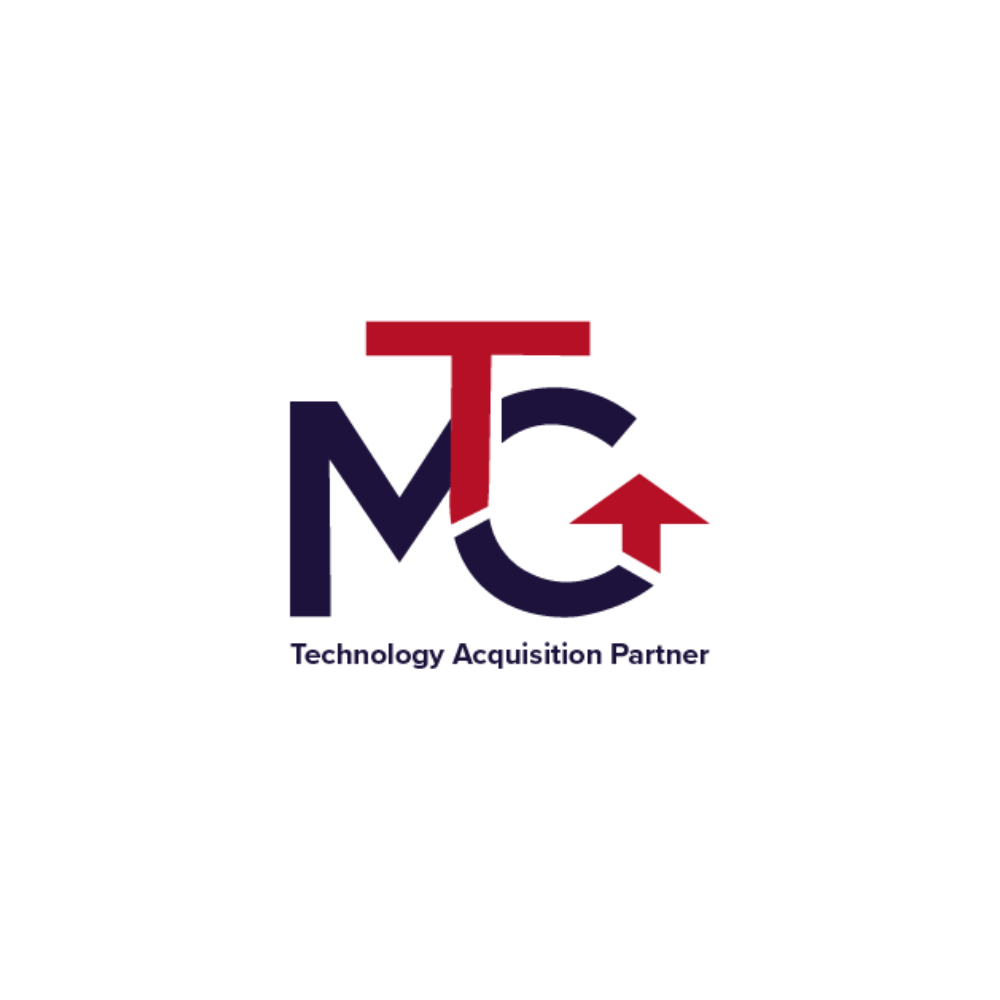
If we were to view technological growth through a wide-angled lens, it becomes evident that advancements are significantly outpacing governance. This rapid progress presents tech leaders with a formidable challenge: How do you safely deploy Generative AI while maintaining data security? As a transformative force, Generative AI rockets innovation forward. Yet, from a data governance perspective, these AI tools also introduce great risks such as unintentionally birthing an amplified insider threat. This dichotomy makes vigilant oversight crucial. This article highlights the dual nature of Generative AI and proposes essential steps to harness its potential while ensuring a safer deployment.
The Double-Edged Sword of Generative AI: Innovation and Risk
Generative AI significantly bolsters one technological capability, serving as a uniquely clever assistant that streamlines creative processes and enhances data analysis. These advancements don't just open the door to a wide variety of innovative opportunities—they also add a layer of complexity to the management and oversight of these potent productivity enhancers. Without proper checks, the very features you value can quickly morph into formidable threats, leading to security vulnerabilities, misinformation campaigns, and unforeseen ethical dilemmas.
This nuanced challenge to privacy is enhanced by insider threats, which often stem from either human error or malicious intent. Sometimes, malicious attempts to compromise an organization can be inadvertently thwarted due to the perpetrator's sheer ignorance of what critical data they can access. However, in today's reality where data sprawl is rampant and permissions management becomes increasingly complex, Generative AI could unintentionally facilitate privacy breaches. Operating autonomously, it may grant unauthorized access or usage of sensitive information, escalating the risk of data breaches. To go a step further, as AI tools become more sophisticated and adapt within these lax ecosystems, they might inadvertently widen the impact of insider threats, accessing critical data that would otherwise remain undiscovered. Navigating these complexities requires tech leaders to practice stringent supervision of data stores, ensuring AI is employed within strict parameters to uphold privacy and safeguard data integrity.
Common Pitfalls of Unchecked Generative AI
The pitfalls of unchecked Generative AI are as varied as they are significant. Take, for instance, the case where a seemingly innocuous mistake by an executive assistant—sharing an executive folder via a collaboration link—became an open vault for anyone within the organization. This misstep led to a critical breach when a departing, disgruntled employee exploited the oversight. The worker harnessed the capabilities of a Generative AI Assistant, Microsoft Copilot, to ingeniously request and obtain sensitive data including executive compensation details, family trust documents, and personally identifiable information (PII) of the organization's leaders.
Such incidents underline the multifaceted nature of threats posed by unregulated Generative AI. They are not confined to the direct actions of the AI itself, but also encompass how it can be maneuvered to fulfill harmful intentions—especially when combined with human ingenuity and malcontent. This unpredictability of AI-assisted threats adds an intricate layer to the already complex challenge of safeguarding against data breaches, emphasizing the need for rigorous AI governance protocols within any enterprise.
Strategic Steps to Mitigate Risks
To effectively manage Generative AI and maintain security integrity, technology leaders should consider implementing the following strategic measures:
1. Adopt a Least Privilege Model:
- Restrict access to data strictly on a need-to-know basis.
- Regularly review and adjust permissions to minimize unnecessary access.
2. Establish Robust Ethical Guidelines:
- Draft and enforce clear policies on AI's decision-making boundaries.
- Create protocols for swift intervention if AI actions deviate from norms.
3. Deploy AI Monitoring Tools:
- Implement systems for real-time oversight of AI activities.
- Ensure traceability of AI actions to their sources for accountability.
4. Integrate AI Risk Assessments:
- Incorporate AI threat evaluations into existing security frameworks.
- Develop proactive strategies to respond to anticipated AI vulnerabilities.
5. Educate and Train Staff:
- Conduct regular training sessions on the benefits and risks of Generative AI.
- Promote a company-wide culture of AI awareness and responsible use.
These actionable steps provide a comprehensive framework for mitigating the risks associated with Generative AI, promoting ethical use, and fostering an environment of informed vigilance.
Charting a Safer Course: The Imperative of AI Governance
We truly do stand at a crossroads of innovation and responsibility. It’s clear that unchecked use of Generative AI tools presents formidable risks alongside their tremendous upside for productivity. The incidents and challenges we've discussed underscore how essential it is to take a proactive risk management approach when deploying Generative AI in your ecosystem.
To ensure the ethical deployment of AI, it is imperative to establish and uphold stringent ethical guidelines. These guidelines act as the compass that guides AI behavior, ensuring that it aligns with your values and ethical standards. Additionally, investing in comprehensive education and training programs is not just about risk avoidance but also about empowering your team to leverage AI responsibly and effectively.
By reinforcing these two pillars—ethical guidelines and continuous learning—you cultivate a knowledgeable and principled workforce. Strengthen your AI oversight and educate your teams on how to safely utilize AI tools. By taking these decisive steps, you will not only protect your organization but also position it to thrive, deploying AI with precision and security.
****
Bio: Ramone Kenney brings over 13 years of expertise in providing technology solutions to complex challenges. As Manager of Enterprise Accounts, specializing in Cyber Security for Varonis, he is instrumental in overseeing the deployment and implementation of robust data security measures. Ramone is committed to leading the charge in risk reduction initiatives, ensuring that his clients are safeguarded against ever-evolving digital threats.














.png)




